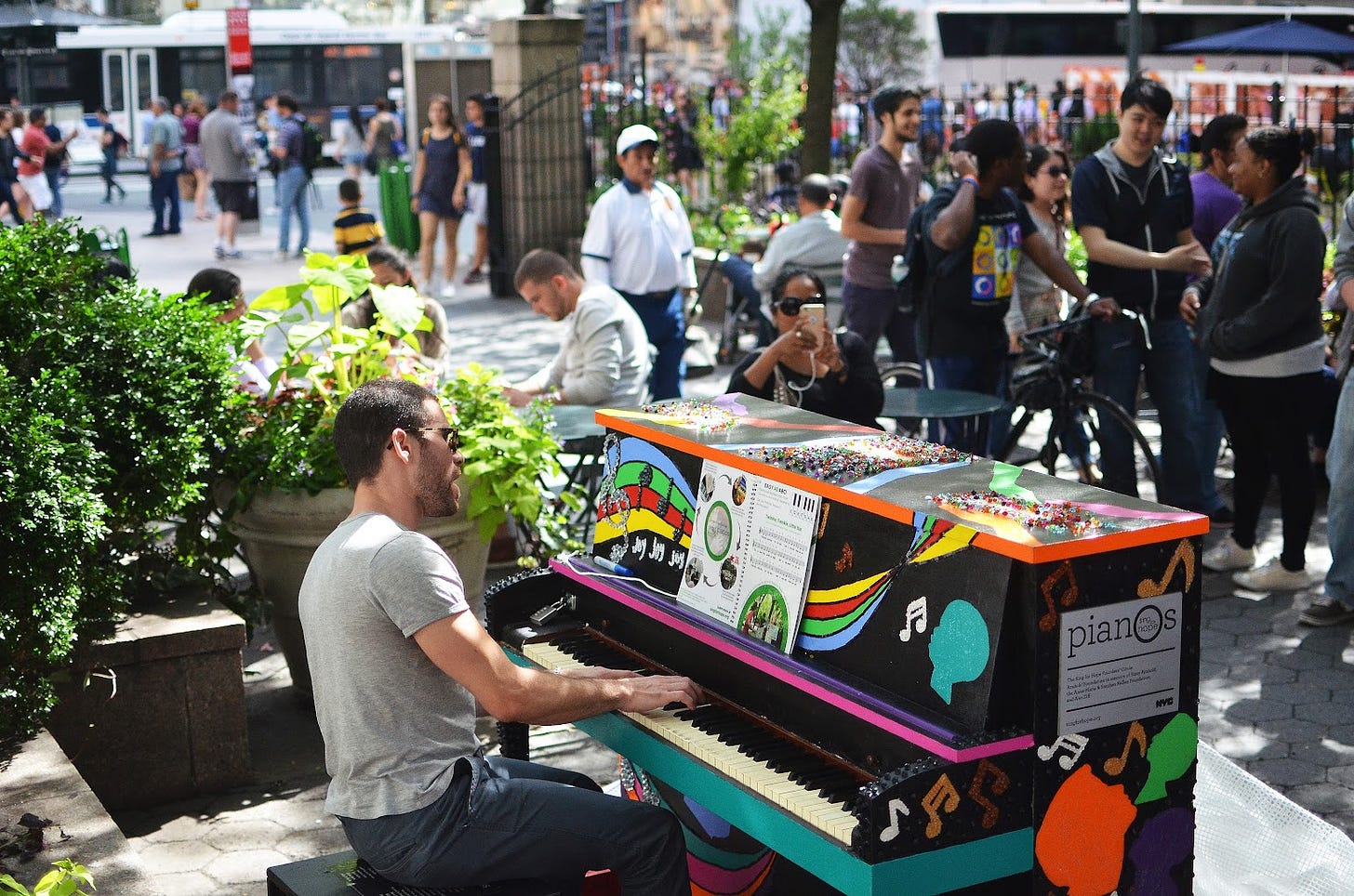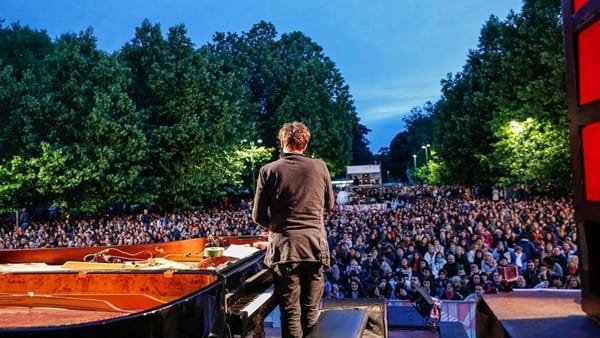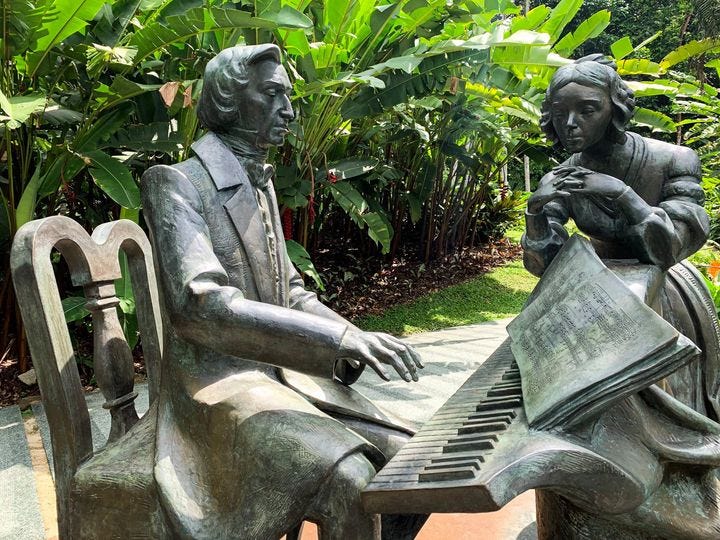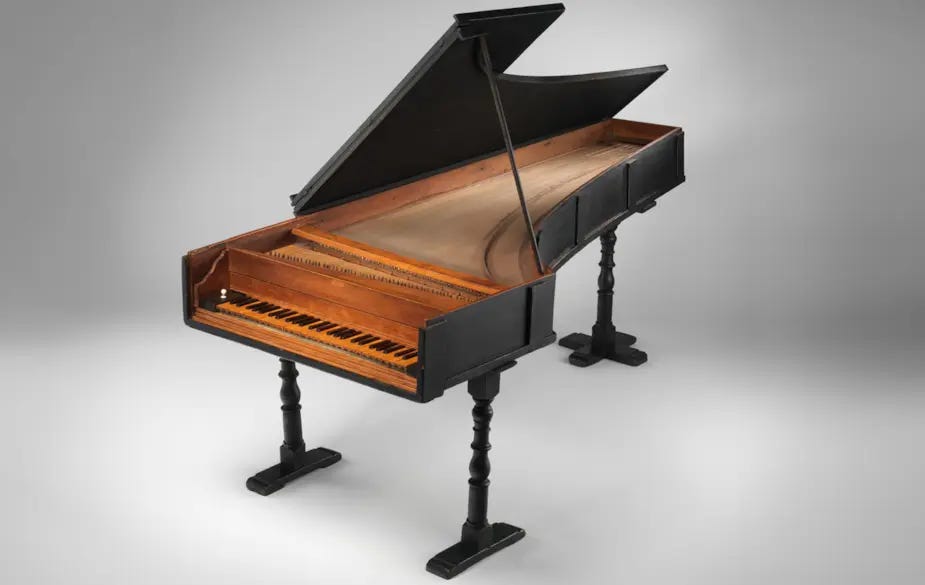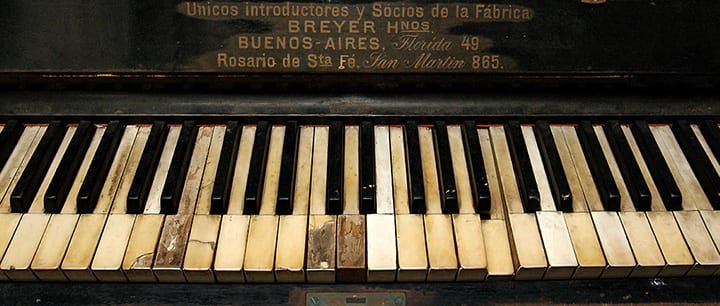10 Surprising Facts About Pianos You Didn't Know
The piano, a timeless instrument that has graced the stages of grand concert halls and found a home in living rooms across the globe, holds a special place in the heart of music lovers.
Its inception, marked by the ingenuity of Bartolomeo Cristofori in the early 18th century, set the stage for a musical revolution. Beyond its melodic prowess, the piano has become a symbol of artistic expression, weaving together the threads of history, culture, and innovation.
10 Piano Fun Facts Around the World
The piano, a versatile and beloved instrument, transcends cultural boundaries, weaving itself into the rich tapestry of global musical heritage. As we traverse continents and delve into the diverse landscapes where pianos have left their mark, a symphony of fascinating facts unfolds.
1. Chinese Piano Mania
In the heart of China, the piano has become a symbol of prestige and cultural prowess. China boasts the title of the world's largest consumer of pianos. The instrument is not merely a musical companion but a status symbol, signifying a commitment to education and cultural refinement.

As a result, China's piano industry has experienced exponential growth, with an increasing number of households making space for this elegant instrument.
2. Piano Stairs in Sweden
Venturing into Stockholm, Sweden, one encounters an ingenious blend of art and music in a subway station. The station features a staircase transformed into a giant piano keyboard. This interactive masterpiece not only captivates commuters but also promotes physical activity.
Passersby can't resist the allure of creating spontaneous melodies as they ascend and descend, turning the daily commute into a harmonious experience.
3. Pianos on the Streets of New York
New York, a city known for its vibrant arts scene, takes its musical enthusiasm to the streets. The "Sing for Hope" project places pianos in public spaces across the city, inviting anyone and everyone to tickle the ivories.
These public pianos, strategically positioned in parks and busy thoroughfares, encourage impromptu performances, fostering a sense of community and transforming urban spaces into musical arenas.
4. Piano Island in New Zealand
In the picturesque landscapes of New Zealand, nature itself seems to compose a musical ode. Here, there exists an island whimsically named "Piano Rock."
Aerial views reveal that this island, surrounded by pristine waters, bears a striking resemblance to a grand piano. Nature's inadvertent homage to the piano adds a touch of charm to the geographical wonders of New Zealand.
5. The All-Piano Radio Station in Italy
Italy, a cradle of classical music, houses a unique radio station dedicated entirely to the piano. "Pianeta Pianoforte," meaning "Planet Piano," showcases the versatility of the instrument across genres. From classical masterpieces to contemporary compositions, this all-piano radio station celebrates the enduring appeal of the piano in Italian musical culture.
6. Piano in the Sea in Australia
Down under in Australia, an unusual art installation known as the "Great Barrier Reef Piano" combines music with marine conservation.
This underwater piano serves as an artificial reef, submerged in the ocean to attract marine life. Beyond its musical intentions, the installation symbolizes the intersection of art, music, and environmental awareness.
7. The Piano City Festival in Milan
Milan, a city synonymous with style and creativity, hosts an annual celebration that transforms its streets into a sprawling piano stage. The Piano City Milano festival brings music out of traditional concert halls and into unconventional spaces.
Pianists perform in courtyards, on rooftops, and amidst the bustling streets, turning the entire city into a vibrant and dynamic concert venue.
8. Piano Sculptures in Singapore
Singapore, known for its modernity and commitment to the arts, embraces the piano in its public spaces. The Play It Forward project introduces street art piano sculptures across the city.
These artistically adorned pianos serve as both visual delights and interactive instruments, inviting passersby to pause, play, and partake in the city's artistic spirit.
9. The Immortal Piano
In the hallowed halls of musical history, there stands a testament to the enduring craftsmanship of Bartolomeo Cristofori—the world's oldest surviving piano. Dating back to the early 1700s, this exceptional instrument not only represents the birth of a revolutionary idea but also serves as a silent witness to the evolution of music over centuries.
Today, its home is the Metropolitan Museum of Art in New York City, where it has found a haven among art connoisseurs, historians, and music enthusiasts. Encased in glass, the Cristofori piano is a treasure trove of stories, whispering the secrets of its construction and the melodies that once emanated from its keys.
10. Ivory No More
For centuries, piano keys were crafted from ivory, a material revered for its smooth texture and ability to transmit the subtle nuances of a pianist's touch. Ivory keys, sourced primarily from elephant tusks, became synonymous with high-quality pianos, symbolizing luxury and craftsmanship. However, the popularity of ivory came at a great cost, contributing to the endangerment of elephant populations and prompting a reevaluation of the piano industry's ethical practices.
As awareness of the environmental impact of ivory harvesting grew, so did concerns about the ethics of using this material in piano manufacturing. The 20th century witnessed a global movement to curb the ivory trade and protect endangered species. The Convention on International Trade in Endangered Species of Wild Fauna and Flora (CITES) implemented stringent regulations, culminating in a near-complete ban on the commercial use of elephant ivory.
From the bustling streets of New York to the serene landscapes of New Zealand, the piano's global journey is one of harmony and creativity. These fun facts from around the world paint a vibrant picture of the piano as more than just an instrument—it is a cultural ambassador, a symbol of creativity, and a source of joy that transcends borders.




